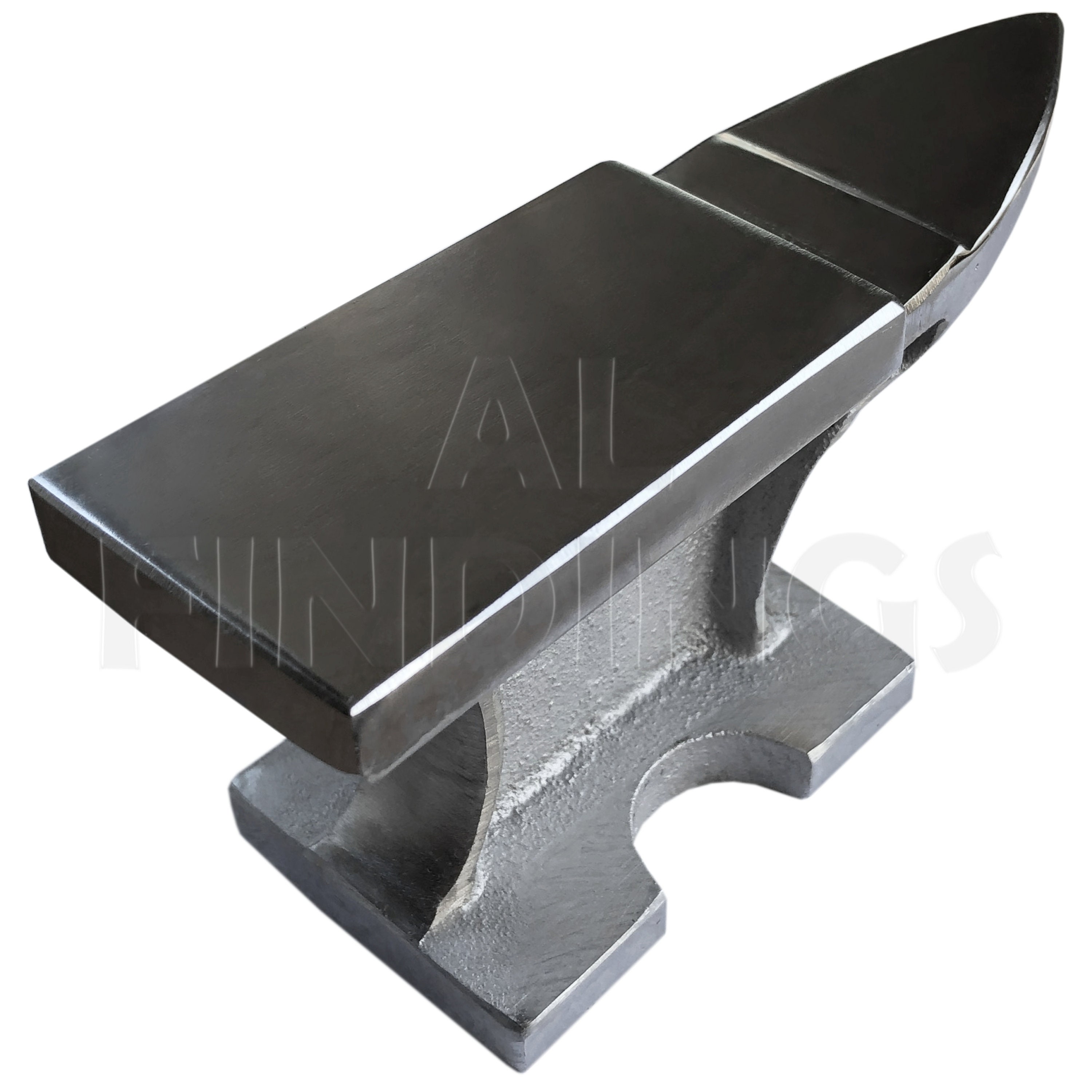

- ANVIL FOR SALE NEAR ME CRAIGSLIST DRIVERS
- ANVIL FOR SALE NEAR ME CRAIGSLIST UPGRADE
- ANVIL FOR SALE NEAR ME CRAIGSLIST PROFESSIONAL

Don't be confused by the name, that's only the process that is used to make them. Blacksmiths Depot is the place to go when searching for where to buy a high-quality blacksmithing anvil, as we only sell forging anvils meant for a lifetime.
ANVIL FOR SALE NEAR ME CRAIGSLIST DRIVERS

ANVIL FOR SALE NEAR ME CRAIGSLIST PROFESSIONAL
ANVIL FOR SALE NEAR ME CRAIGSLIST UPGRADE
If I feel the need to upgrade to something a little better I'll do just that, but for now, seeing as I'm really inexperienced, I'll stick with the cheap cast steel anvil. What I'm going for, because my main goal is small projects like chef knives and small fixed blades, is a 66 pound cast steel anvil I found on eBay which goes for $140 (there's some reviews on it, apparently a former Forged in Fire champion says they're pretty good). The most I've ever done in my history with smithing was making a few hooks and a fire poker on a 100 pound Vulcan, which in my opinion is actually a fairly competent anvil to learn and practice on. It’s a lot easier to make it worse that better, even to the point of no return.Īlright, thanks! The thing is, I'm by no means experienced. Id Save a bit more and get a Holland, Nimba, Hoffman or other new anvil.Īlso, welding and grinding is generally a bad idea on an anvil unless you are extremely well versed and skilled in anvil repair. Yes anvils are stupid expensive in California. 'Go not to the elves for counsel, for they will say both no and yes.'" I would suggest the Ball Bearing test to see if the face was softer than it should be.ĭo you have the money without destroying your budget? Are you willing to turn around and head home if it fails testing without being upset? Is it still even available?-decent deals on anvils have half lifes of hours after they are posted to the net! I only see *1* imperfection that I might have repaired at an anvil repair day held by an ABANA affiliate. US$3 a pound is not a bad price on the West Coast. I want both edges of my anvil rounded, not simply for a part of their length, but for their whole length.") I cannot account for their existance except as a relic of a time when the principles of forging were but little understood. " Practical Blacksmithing" Volume 1, published in 1889 page 110: "For my own part I am satisfied not only that the sharp edges are useless, but that they are also destructive of good work. (Another big one is sharp edges on your anvil. If you are not experience in the craft, do NOT make changes to your tools based on what you "think" they need. Hot steel and scale is all most anvils need to make the face shine!

The sweet spot is nicely polished now and you can only see the original pitting near the heel. I wire brushed off the loose rust and started using it. The face was covered with condensation pitting. I had an anvil that had spent 50 years in an unheated shed in a swampy area near a creek in Ohio. The hardened face of an anvil is of limited depth and many a "cleaning up the face" has taken 100 years of use life off of it or sometimes even ruined it. I strongly suggest you do not grind any on the face of an anvil before you have ground off the exact same amount from your own face. It will look a lot more like anvils have looked for around 3000 years and not like the London pattern anvil which got it's current shape around 200 years ago. You can go to my local scrapyard and buy a better anvil than the viking swords were forged on for US 20 cents a pound. I think the biggest barrier to getting started is the unfounded belief that there are "proper tools" one must have to get started.


 0 kommentar(er)
0 kommentar(er)
